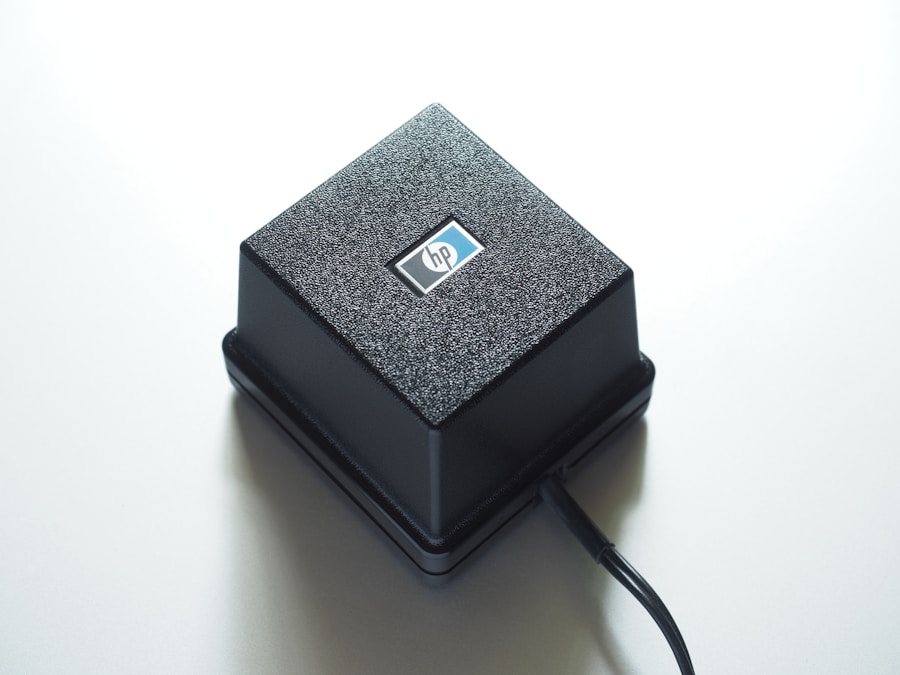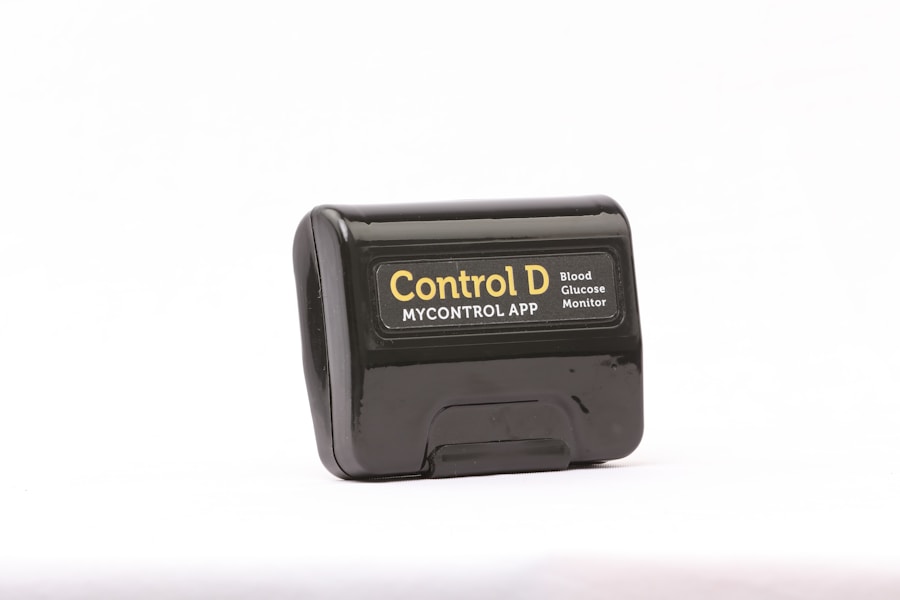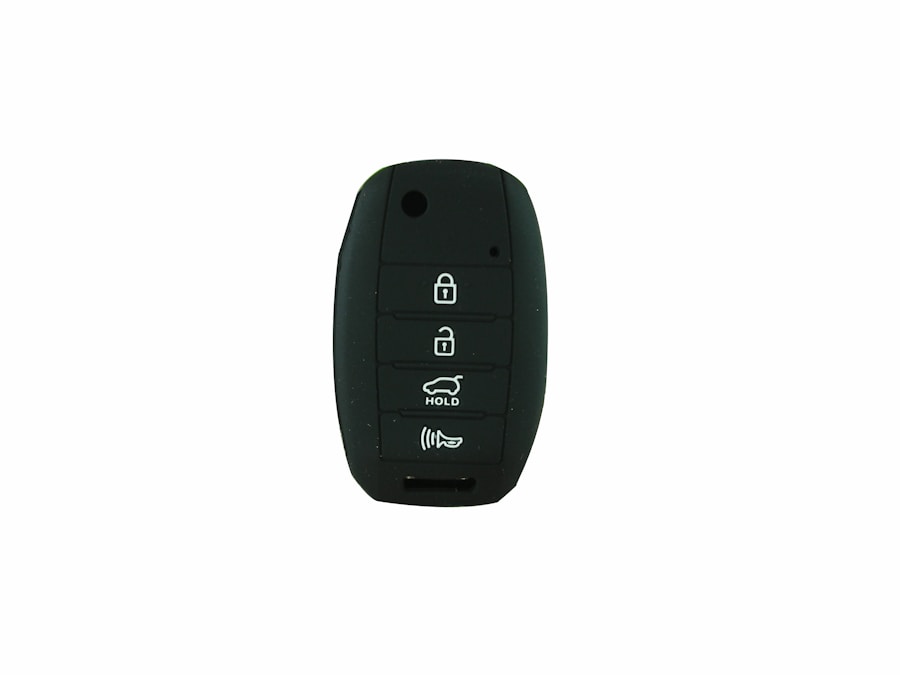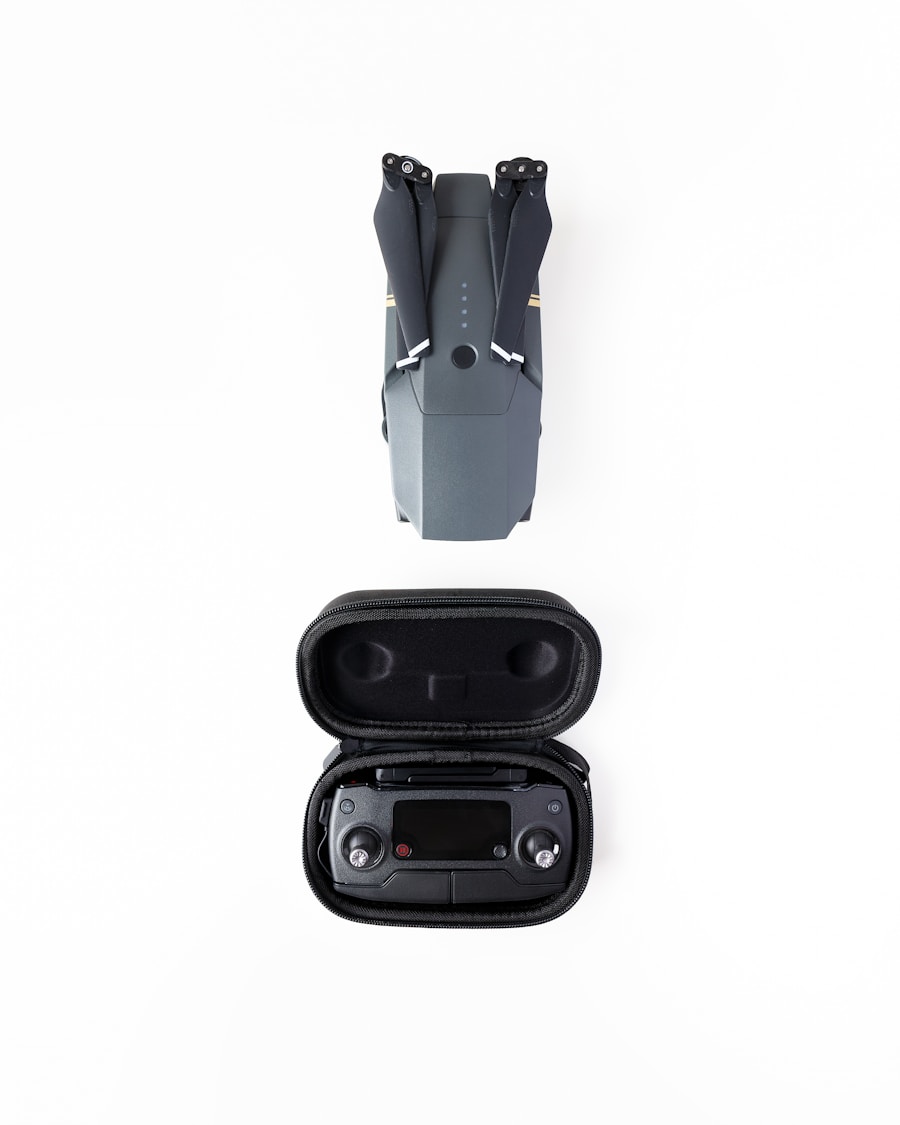The On-Board Diagnostics II (OBD2) system is an essential component of modern Chevrolet vehicles, providing a comprehensive interface for monitoring and diagnosing vehicle performance. Introduced in the mid-1990s, OBD2 has become a standard feature across all vehicles sold in the United States, including those manufactured by Chevrolet. This system is designed to monitor various engine parameters, emissions controls, and other critical vehicle functions.
By continuously assessing the performance of the engine and its components, the OBD2 system can detect malfunctions and trigger warning lights on the dashboard, alerting drivers to potential issues. Chevrolet’s implementation of the OBD2 system includes a range of sensors and modules that communicate with the vehicle’s Engine Control Unit (ECU). These components work together to collect data on engine temperature, air-fuel mixture, exhaust emissions, and more.
The OBD2 system not only helps in identifying problems but also plays a crucial role in ensuring compliance with environmental regulations by monitoring emissions. For instance, if the system detects that the catalytic converter is not functioning efficiently, it will log a trouble code and illuminate the check engine light, prompting the driver to seek repairs. Understanding how this system operates is vital for any Chevrolet owner looking to maintain their vehicle’s performance and longevity.
Key Takeaways
- The OBD2 system in Chevrolet vehicles is a standardized onboard diagnostics system that monitors the vehicle’s engine, transmission, and emissions systems.
- When choosing the right OBD2 scanner for your Chevrolet, consider factors such as compatibility, features, and ease of use to ensure it meets your specific needs.
- OBD2 scanner data can be used to maximize engine performance by monitoring and analyzing parameters such as fuel efficiency, air/fuel ratio, and ignition timing.
- Diagnosing and resolving common Chevrolet vehicle issues is made easier with an OBD2 scanner, which can provide real-time data and trouble codes to pinpoint the problem.
- Monitoring and improving fuel efficiency with an OBD2 scanner involves tracking fuel consumption, identifying inefficiencies, and making adjustments to optimize performance.
Choosing the Right OBD2 Scanner for Your Chevrolet
Understanding Your Diagnostic Needs
When selecting a scanner, it’s essential to consider compatibility with your specific Chevrolet model and year, as well as the types of diagnostics you intend to perform. Basic scanners can read and clear trouble codes, while more advanced models provide live data streaming, freeze frame data, and even advanced diagnostics for specific systems like ABS or airbag modules.
Professional-Grade Scanners for Comprehensive Diagnostics
For Chevrolet owners seeking a more comprehensive diagnostic experience, investing in a professional-grade scanner may be worthwhile. These devices often come with manufacturer-specific software that allows for deeper insights into vehicle performance and troubleshooting.
Manufacturer-Specific Scanners for Chevrolet Vehicles
Tools like the GM Tech 2 or the newer GM MDI (Multiple Diagnostic Interface) are designed specifically for General Motors vehicles, including Chevrolet. They provide access to proprietary codes and advanced functions that generic scanners may not support. Additionally, features such as Bluetooth connectivity and smartphone compatibility can enhance usability, allowing users to monitor their vehicle’s performance in real-time through mobile applications.
Maximizing Engine Performance with OBD2 Scanner Data

Utilizing data from an OBD2 scanner can significantly enhance engine performance in Chevrolet vehicles. By analyzing real-time data such as engine RPM, throttle position, and fuel trim values, drivers can identify inefficiencies and make informed adjustments to improve overall performance. For instance, if the scanner indicates that the fuel trim values are consistently out of range, it may suggest that the engine is running too rich or too lean.
This information can guide owners in making necessary adjustments or repairs, such as replacing a faulty mass airflow sensor or addressing vacuum leaks. Moreover, OBD2 scanners can help in tuning the engine for better performance. Many enthusiasts use this data to optimize their vehicles for specific driving conditions or preferences.
For example, by monitoring parameters during different driving scenarios—such as acceleration or cruising—drivers can adjust their driving habits or make modifications to their vehicles that enhance power output or responsiveness. Additionally, understanding how various components interact through OBD2 data can lead to more effective maintenance practices, ensuring that all parts are functioning harmoniously to achieve peak performance.
Diagnosing and Resolving Common Chevrolet Vehicle Issues
| Common Chevrolet Vehicle Issues | Diagnosis | Resolution |
|---|---|---|
| Engine Overheating | Check coolant levels, radiator, and water pump | Flush cooling system, replace faulty parts |
| Transmission Problems | Scan for error codes, check fluid levels | Repair or replace transmission components |
| Electrical Malfunctions | Inspect battery, fuses, and wiring | Repair or replace faulty electrical components |
| Brake Issues | Check brake pads, rotors, and brake fluid | Replace worn-out components, bleed brake system |
| Suspension Noise | Inspect shocks, struts, and control arms | Replace worn-out suspension components |
The OBD2 system is invaluable for diagnosing common issues that may arise in Chevrolet vehicles. One prevalent problem is related to the check engine light illuminating due to various reasons ranging from minor issues like a loose gas cap to more serious concerns such as engine misfires or catalytic converter failures. By connecting an OBD2 scanner, owners can retrieve diagnostic trouble codes (DTCs) that provide insight into what might be wrong with their vehicle.
For example, a code P0300 indicates random misfires, prompting further investigation into spark plugs or ignition coils. In addition to engine-related issues, OBD2 scanners can also assist in diagnosing problems with other systems within the vehicle. For instance, if a Chevrolet’s anti-lock braking system (ABS) warning light activates, an OBD2 scanner can read ABS-specific codes that indicate whether there is a fault with wheel speed sensors or the ABS module itself.
This capability allows for targeted troubleshooting rather than guesswork, saving time and money on unnecessary repairs. By understanding how to interpret these codes and using them as a guide for repairs, Chevrolet owners can maintain their vehicles more effectively and ensure they remain safe on the road.
Monitoring and Improving Fuel Efficiency with OBD2 Scanner
Fuel efficiency is a critical concern for many Chevrolet owners, especially given rising fuel costs and environmental considerations. An OBD2 scanner can play a pivotal role in monitoring fuel consumption and identifying factors that may be affecting efficiency. By accessing data such as fuel trim readings and oxygen sensor performance, drivers can gain insights into how well their vehicle is managing fuel delivery and combustion processes.
For example, if the scanner shows that the long-term fuel trim is consistently high, it may indicate that the engine is compensating for an air-fuel mixture issue, leading to increased fuel consumption. Furthermore, using an OBD2 scanner allows drivers to track their driving habits and make adjustments that promote better fuel efficiency. Many scanners provide real-time feedback on fuel economy metrics while driving, enabling users to see how their acceleration patterns or idling times impact overall consumption.
By adopting smoother driving techniques—such as gradual acceleration and deceleration—drivers can optimize their fuel usage based on the data provided by the scanner. Additionally, regular monitoring of tire pressure and maintenance schedules through OBD2 data can help ensure that vehicles operate at peak efficiency.
Utilizing OBD2 Scanner for Regular Maintenance and Inspections
Regular maintenance is essential for keeping Chevrolet vehicles in optimal condition, and an OBD2 scanner can facilitate this process significantly. By using the scanner to check for stored trouble codes before scheduled maintenance appointments, owners can address potential issues proactively rather than waiting for them to escalate into more significant problems. For instance, if a code related to a worn-out oxygen sensor is detected during routine checks, replacing it before it affects engine performance or emissions can save time and money in the long run.
In addition to identifying existing issues, OBD2 scanners can also assist in monitoring various systems during regular inspections. Many scanners provide access to live data streams that allow users to observe how different components are functioning in real-time. This capability is particularly useful during oil changes or brake inspections when specific parameters need to be checked for optimal performance.
For example, monitoring oil temperature or brake fluid levels through an OBD2 scanner can help ensure that these critical systems are operating within safe limits.
Enhancing Safety and Security with OBD2 Scanner Features
Safety features in modern Chevrolet vehicles are increasingly reliant on electronic systems that can be monitored through the OBD2 interface. Many models come equipped with advanced driver-assistance systems (ADAS) that enhance safety by providing features such as lane departure warnings and adaptive cruise control. An OBD2 scanner can help diagnose issues related to these systems by retrieving specific codes associated with safety features.
For instance, if a vehicle’s stability control system malfunctions, an OBD2 scanner can pinpoint the exact issue by reading relevant DTCs. Moreover, some advanced OBD2 scanners offer security features that allow users to monitor their vehicle’s status remotely. This capability can be particularly beneficial for Chevrolet owners concerned about theft or unauthorized access.
Certain scanners provide alerts when unusual activity is detected—such as unexpected movement or tampering—enabling owners to take immediate action if necessary. By leveraging these features, drivers can enhance their peace of mind while ensuring that their vehicles remain secure.
Tips for Getting the Most Out of Your OBD2 Scanner for Chevrolet
To maximize the benefits of an OBD2 scanner for your Chevrolet vehicle, it’s essential to familiarize yourself with its features and capabilities fully. Start by reading the user manual thoroughly to understand how to navigate through different menus and access various functions effectively. Many scanners come equipped with additional resources such as online forums or customer support services where users can seek advice or share experiences related to specific issues they encounter.
Regularly updating your scanner’s software is another crucial step in ensuring optimal performance. Manufacturers often release updates that enhance compatibility with newer vehicle models or improve diagnostic capabilities for existing systems. Additionally, consider investing time in learning about common trouble codes specific to Chevrolet vehicles; this knowledge will empower you to interpret diagnostic results accurately and make informed decisions regarding repairs or maintenance actions needed for your vehicle.
By actively engaging with your OBD2 scanner and utilizing its full range of features—from diagnostics to performance monitoring—you can significantly enhance your ownership experience of your Chevrolet vehicle while ensuring its longevity and reliability on the road.
FAQs
What is an OBD2 scanner for Chevrolet?
An OBD2 scanner for Chevrolet is a diagnostic tool that is used to communicate with the onboard computer system in Chevrolet vehicles. It can read and clear trouble codes, monitor the performance of the vehicle, and provide real-time data on various systems.
How does an OBD2 scanner work for Chevrolet vehicles?
An OBD2 scanner for Chevrolet works by plugging into the OBD2 port of the vehicle, which is usually located under the dashboard. Once connected, the scanner can communicate with the vehicle’s onboard computer system to retrieve diagnostic information and provide real-time data on the vehicle’s performance.
What can an OBD2 scanner for Chevrolet diagnose?
An OBD2 scanner for Chevrolet can diagnose a wide range of issues, including engine problems, transmission issues, emissions system faults, and more. It can also read and clear trouble codes, monitor the performance of the vehicle, and provide real-time data on various systems.
Is an OBD2 scanner for Chevrolet easy to use?
Yes, OBD2 scanners for Chevrolet are designed to be user-friendly and easy to use. They typically come with a user manual that provides instructions on how to use the scanner, and many models also have a simple interface that makes it easy to navigate through the diagnostic information.
Can an OBD2 scanner for Chevrolet be used on other vehicle makes and models?
Yes, many OBD2 scanners for Chevrolet are also compatible with other vehicle makes and models. However, it’s important to check the compatibility of the scanner with specific vehicles before using it to ensure that it will work properly.






